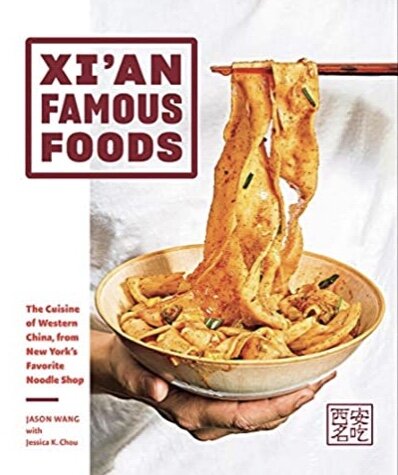Things We Lost to the Water by Eric Nguyen (Knopf)
Huong comes from Vietnam to New Orleans with two small children. She’s haunted by war, armed with a handful of words in English, hates the word “refugee” and feels a surge of bitter humor when she’s placed in public housing that has been given the name “Versailles.” With an academic husband whose field is French literature, she recognizes the irony.
In Vietnam, “theirs was a house of love...it was all they ever needed. And with love they would survive.” When Huong receives a postcard telling her to make a new life because her husband will never join them, love is what makes her keep this truth in a hidden box, a secret from her sons--and that love is what keeps this novel from being a dark and tragic story.
Even though her oldest son searches for a different sort of family in a gang of Vietnamese street toughs and her youngest finds affection and mentorship in the gay community, even when her secret comes to light and divides her family, even when one single slap in the face sends her youngest away from home to eventually live in Paris, Huong keeps love alive in a persistent flame, along with her ability to create a stable center in an uncertain world.
“Huong likes emergencies. She thrives on figuring out how to avoid danger, how to stay alive….she would save them all if it came down to it.” And when Katrina falls upon New Orleans, she’s ready. She knows the art of survival, which she anchors with her love.
In a literary world that has provided countless stories of dysfunctional families, Eric Nguyen has written a novel filled with light, hope, and beauty. He presents Huong and her children through their different perspectives, in chapters that skirt despair in favor of radiance. An old Chinese shopkeeper gives the oldest son a bowl of soup and saves him from an act that would have changed his life forever. A used car salesman courts Huong by taking her to an orchard of fruit that she never expected to see in this new country and wins her heart with bunches of sweet, freshly picked longan and a taste of her previous life. The youngest son discovers who he is in a deserted swimming pool, where he and the boy who kisses him are “both stars, the two of them...Floating. Free.”
It’s unusual to find tenderness in a novel nowadays but Nguyen provides it, untainted by saccharine sentimentality. Huong and her children learn where the nature of home resides; “this had become her city,” Huong realizes after spending years in New Orleans, “the place she lived but also a place that lived in her.” And on their different paths, both of her sons find what lives within them.
The radiant truth of those separate voyages toward that discovery is inspiring, humbling, and indelible. Nguyen, in his debut novel, has evoked a gentle yet realistic vision of family life as it could be and as it should be.~Janet Brown








